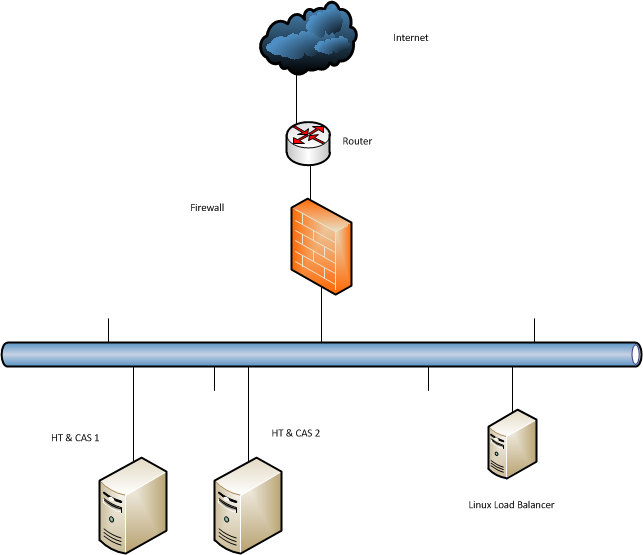Cloud Computing… An Overview…
This phrase, “Cloud Computing” has become the next big thing out there. Every one is talking about it, whether they understand it or not. I recently got a chance to be a part of one of the “Cloud” designs for one of our clients. In the meetings, people would call it the cloud and some even spoke of standardizing the technology. I couldn’t control my laughter when I heard that.
This clearly implies that not many of us have actually understood it or perhaps are not aware of its complete power. The biggest challenge right now that the “standardisers” will face is the by the development of Web 2.0 every body has a completely different definition of the phrase. My view is that it should be left that way, so that the cloud designers can come up with innovative thoughts and are not bound by standards.
Microland assists its clients in building the cloud and deploying it and managing it as well. Though this is in a nascent state, working on that gives me a huge insight on the development of the cloud.
Cloud Computing, essentially means the complete computing on the Cloud (Internet) and removing all (or at least most of) the intelligence from the end terminals. This might sound like what IBM mainframes do and in a way it is. The development of this has already started a long time ago, the first cloud services were, the E-Mails we use. Gmail, Hotmail, Yahoo !, all these service providers have their own infrastructure and they give us E-Mail accounts. We don't bother about how they do it, what platform they use or how many physical servers they have, etc. All we care about is, security of our mails, and accounts and that we can use it from where we like. If you were told that you need to build a SMTP server and point it to the gateway, register domains and create email ID’s, manage the physical servers, would you do that ? I guess not … half of us will be saying what the he!? are you talking about.
Cloud computing is something similar, but on a large scale and for different needs. The computing model proposes to make your computer free of most of the applications. I can give you some examples, like if you want to chat, you can use the web messenger, if you want to process the documents, you have Google word and stuff like that. There are variety of companies who are building these kind of web applications.
Similarly, you don’t have to purchase equipment, you can just buy services from here on. Say you want to protect your organizations network, you need a firewall, you don’t need to purchase one and recruit people to manage it. You can just buy the service, and you will be put on your own virtual firewall, having your own instance, completely isolated from the rest of the customers and having the controls that you want, plus it is cheaper that way. The hardware, design, management, space bits are all taken care of and you can relax peacefully letting the vendors do the brain racking for you. The vendors these days have pretty tight SLA’s around the service which they provide and so you don’t have to bother about the infrastructure ever again. Sounds cool ? This is just the tip of the iceberg. With the advancements in networking, security and VoIP technologies, you will only need to have dumb terminals and all other processing will be done on the cloud. This will reduce Cap Ex (Capital Expenditure) and you will be running on the Op Ex (Operational Expenditure) model where you pay what you use and have the capability to ask for an upscale / downscale without service impacting changes.
Now since all of us know the way forward, almost all companies are coming up with Virtualization or “Multi Tenanted” features. F5 who always had the Big IP as a hardware platform, has also moved to a virtualised platform and have started to sell Virtualized LB’s which can run on the VMware infrastructure. Though these are not exactly free, they only cost a fraction of their hardware counterparts and are very useful as test beds and for small businesses. All the firewall vendors are coming up with virtual firewalls (Contexts in ASA, VSX from Checkpoint, VDOM’s in Fortigate), some vendors have come up with special switches with optimization for VMotion and stuff like that. Cisco is virtualising their CUCM servers, which once upon a time could run only on a MCS server, they also plan to virtualize the router and other such devices. Almost all of the vendors have moved towards blade environments, all this features are just being made available with cloud computing in mind.
Cloud is a simple thought but in the near future we will be using a lot of it and this will offload a lot of stuff from individual companies. So next time you are making a decision in IT, do ask this question, “What is cloud computing, and what does it mean for my business?”. you will be amazed to know the results.



This comment has been removed by a blog administrator.
ReplyDelete